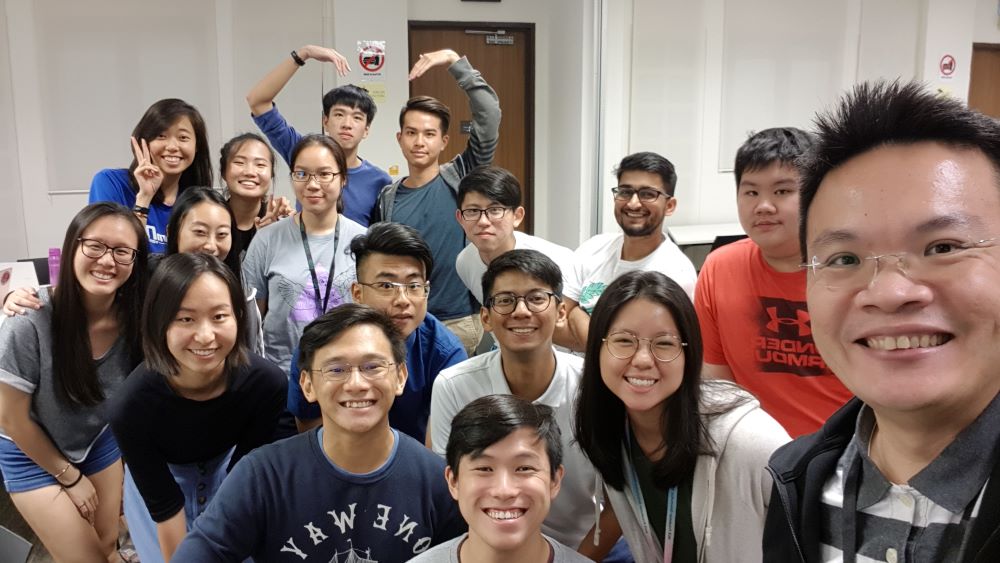This blog post was written on 22 Sept 2018, close to 6 years ago. Yet, my teaching and learning philosophy on systems thinking and system dynamics has not changed. It is a great reflection piece that I want to make sure that I have it recorded within my blog here to remind myself that …
A teacher always eats last.
Simon Sinek wrote about a tradition that has been held by the officers in the US Army, i.e. leaders eat last. It provides a great illustration of what it means to be leading by example. The underpinning principle behind this tradition is that officers in the US Army would always give the good things to their men first before themselves and take the bad for themselves first before rally their men to follow them. I love this story. It speaks volumes of the noble and altruistic characteristics of a great leader who places the interests of his/her men above his/her own. I always aspire to be a leader like this.
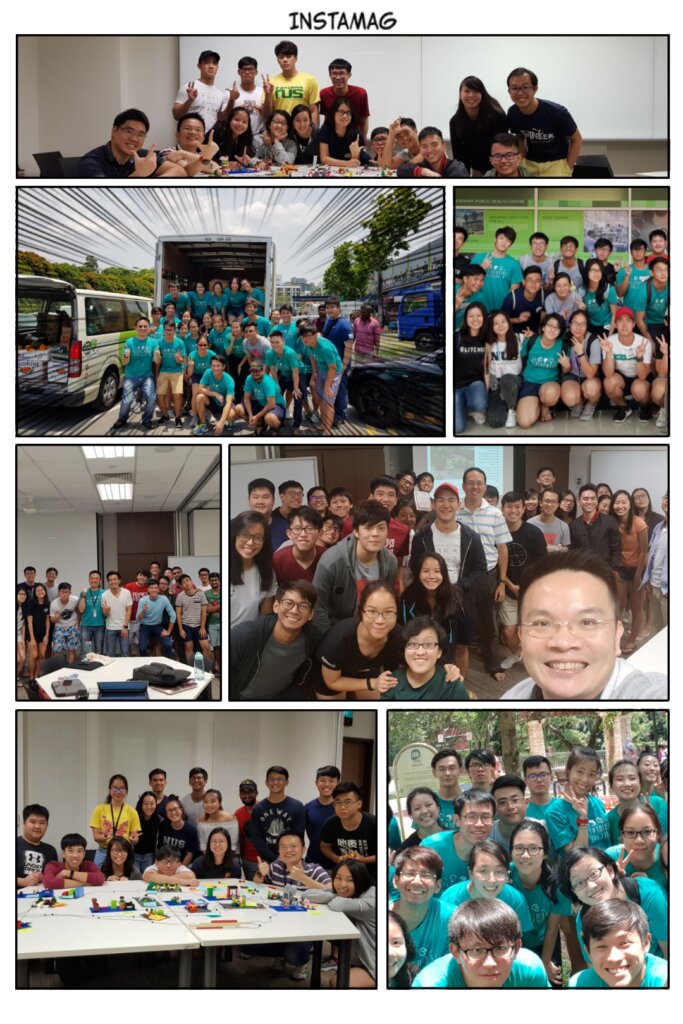 As a teacher, I am a leader among my students. When I asked my students to write 7 reflection blogs over the semester during my Residential College day since 2016, I demanded the same level of requirements from myself.
As a teacher, I am a leader among my students. When I asked my students to write 7 reflection blogs over the semester during my Residential College day since 2016, I demanded the same level of requirements from myself.
Do I need to write a blog? No.
Can I get away from not doing this? Yes.
Why am I doing this now? Because I believe that deep learning happens when we write our reflections through blogs. Many of my invaluable life lessons are learned during the process of writing a blog.
I want my students to know that as a teacher and leader, I will always lead by example. Here is me attempting to write something useful that all of us can learn from.
In this blog, I would like to share thoughts about the evolutionary development of my teaching approach to systems modelling and thinking.
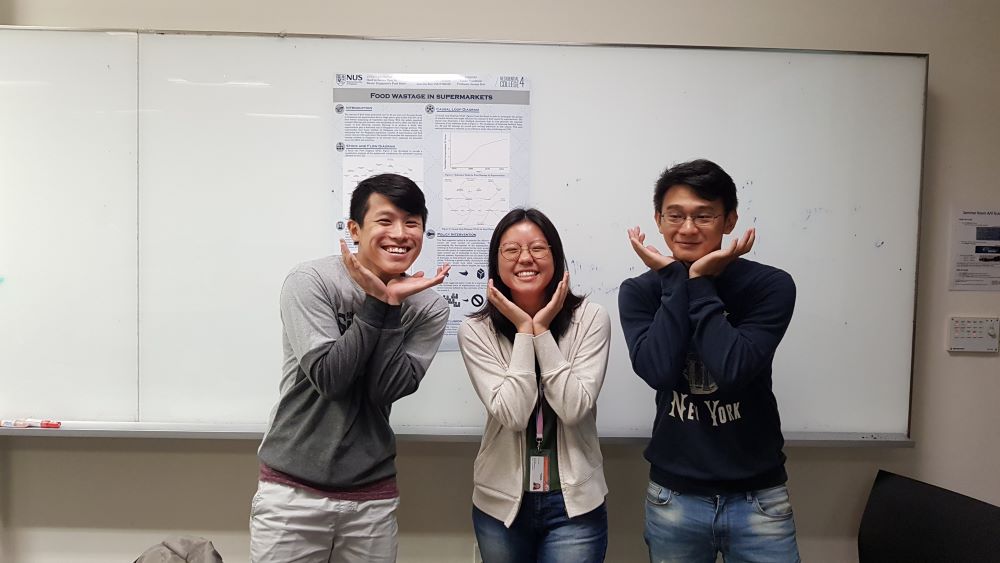 When I first started learning system dynamics more than 6 years ago, I was rather unclear about what is a good model. I was also unclear about what is a good process for developing a model of a complex problem. I sometimes feel guilty towards students who took my course earlier. Though I did my very best to provide them with the most current knowledge at that time, it was not the best approach in my view now.
When I first started learning system dynamics more than 6 years ago, I was rather unclear about what is a good model. I was also unclear about what is a good process for developing a model of a complex problem. I sometimes feel guilty towards students who took my course earlier. Though I did my very best to provide them with the most current knowledge at that time, it was not the best approach in my view now.
Over the two years of hard work and perseverance, I slowly picked up from many books written by great scholars in the field of system dynamics. It started out with Donella Meadows who taught me the basics of systems thinking. Then John Sterman who I learned about the five modelling steps that I now teach my students in my class. Then came Nelson Repenning who I learned that model can be exceptionally simple (just one stock and two flows) and yet incredibly insightful in distilling the dynamics of disasters of non-novel events.
I remembered after meeting and learning from him during the 2017 summer school in MIT, I was convinced that I should try to teach his approach to my students. Nelson Repenning’s approach to modelling a complex problem is simple to follow (perhaps too simple in hindsight) but rigorously analyzed and supported by the works of others. Most importantly, it was filled with deep insights that seem to be able to inform practice to change. Since returning, I would show Nelson’s paper to students and tell them that they can do something similar when they are modelling. The results were my students would develop somewhat simple and elegant models in their project works in both my Junior Seminar and Senior Seminar that they could explain reasonably well.
I regretted doing so.
Even though Nelson’s approach to modelling a complex problem is simple to emulate, it was not so easy to generalize the model’s finding that eventually may lead to real-world change.
I was unsatisfied with the results. I wanted to equip my students with skills that can change the world.
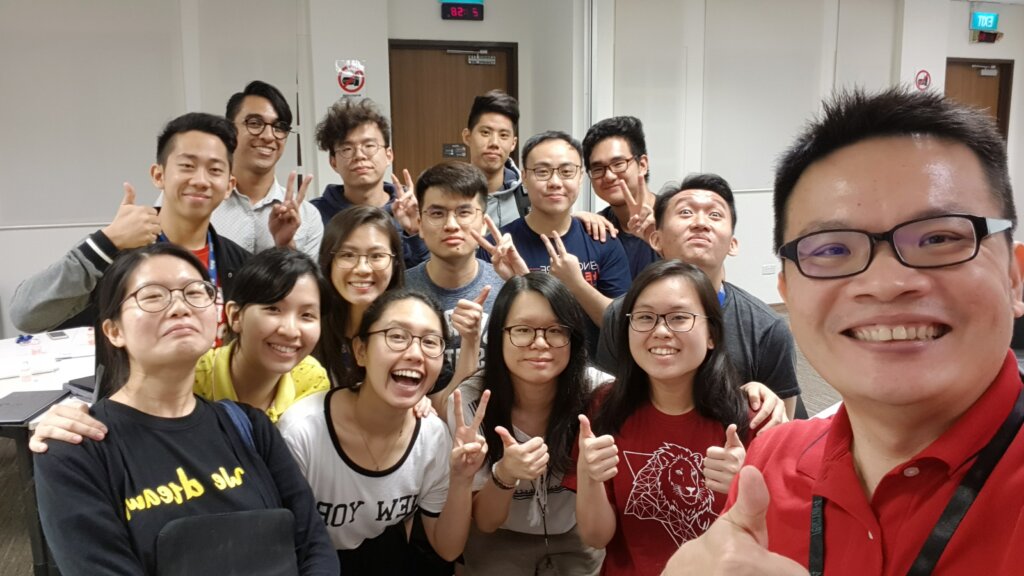 I decided to go back to the father of system dynamics, Jay Forrester. I started to read more about his works on Urban Dynamics. In his seminal work, he shared how he was able to model the complex dynamics of urban development to distil counterintuitive insights about the policies enacted by city planners and mayors. His model made a real-world impact because it was shared with planners and mayors who eventually shifted their policies based on the results of his simulated model. Jay’s writing really made me think deep about the true value of developing a complex model that may be beyond the ability of human cognition to understand but can be enormously useful in distilling insights with the help of a computer model.
I decided to go back to the father of system dynamics, Jay Forrester. I started to read more about his works on Urban Dynamics. In his seminal work, he shared how he was able to model the complex dynamics of urban development to distil counterintuitive insights about the policies enacted by city planners and mayors. His model made a real-world impact because it was shared with planners and mayors who eventually shifted their policies based on the results of his simulated model. Jay’s writing really made me think deep about the true value of developing a complex model that may be beyond the ability of human cognition to understand but can be enormously useful in distilling insights with the help of a computer model.
While the modelling approach as advocated by Jay is much more difficult to follow and filled with more uncertainty as compared to Nelson’s approach, I can’t help but to realize that Jay’s approach has the best potential in creating real change in the world.
If we can develop grit and discipline to keep trying our best, if we can work hard to ensure the rigour of our model’s building process and our model, if we can validate the feedback structures uncovered against what we see in the real world systematically, and if we keep refining our model iteratively and rigorously supported by real-world data, Jay made me realized that we will stand the best chance of developing a useful model that can truly change the world for the better of mankind.
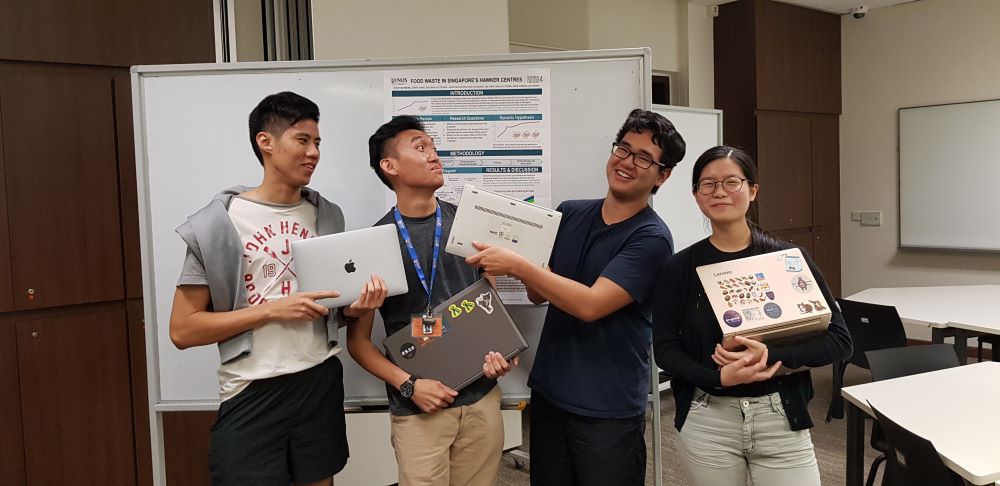 I wish with all my heart that by diving deeply into Jay’s approach, my students and I can develop a complex system model to effectively address the pressing sustainability challenges that we face today (such as plastic waste, food waste, pollution, climate change, and etc). We do not have much time now. Climate change is imminent and we need to do everything we can to enact good policies that when applied over time can ensure the survival of our future generations.
I wish with all my heart that by diving deeply into Jay’s approach, my students and I can develop a complex system model to effectively address the pressing sustainability challenges that we face today (such as plastic waste, food waste, pollution, climate change, and etc). We do not have much time now. Climate change is imminent and we need to do everything we can to enact good policies that when applied over time can ensure the survival of our future generations.
Given the complexity involved in developing this skill, I need to lead this change by example. I need to commit myself deeply to this never-ending, challenging and difficult quest to master and innovate in the craft of systems modelling and thinking. And then translate this experience into effective teaching techniques that allow my students to learn faster and easier.
This teacher will always eat last.
#coddiwompling
#coddiwomplingthroughlife
#teaching
#systemsthinking
#systemdynamics

